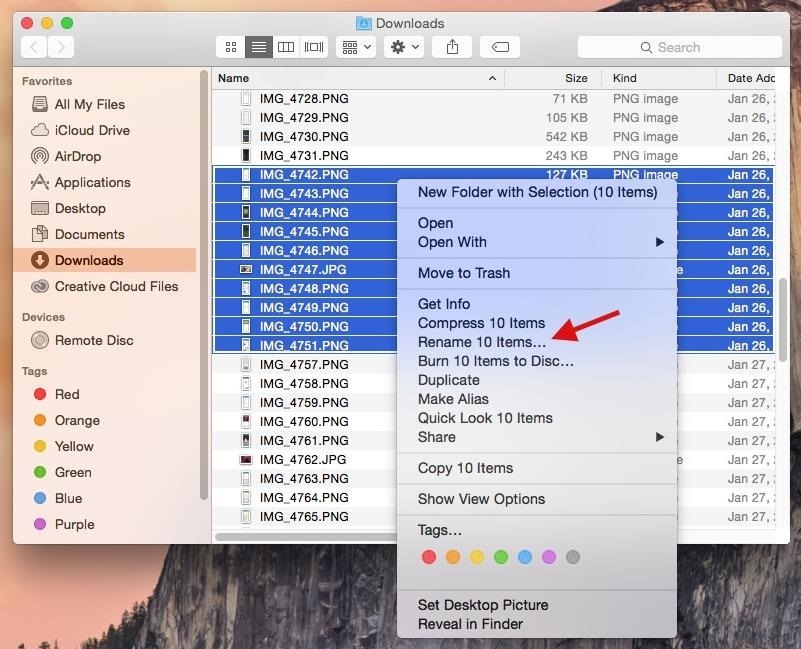

Here’s where things get interesting: you can also hit the Tab key to automatically select the next file name in the folder so that you can immediately begin typing a new name for it. When you’re done typing the file name, you can press Enter (or just click somewhere else) to save the new name. Once you’ve got the file name selected-and you’ll notice only the file name itself is selected, not the extension-you can type a new file name. Right-click the file and then select “Rename” on the context menu.Īnd if you prefer sticking with your keyboard, you can just use your arrow keys (or start typing the file name) to select a file and then hit F2 to select the file name.Click to select file and then click the name of the selected file.


How to rename multiple files based on pattern in Unix? rename expression replacement file… rename will rename the specified files by replacing the first occurrence of expression in their name by replacement. txt _1.txt * should do what you are looking for. How to rename all the files in the directory in such a way the files get added “_1” before “.txt” rename. Instead, the mv command is used both to change the name of a file and to move a file into a different directory. Unix does not have a command specifically for renaming files. Is there a command to rename a file in Unix?

The following example is the same as above but uses pattern matching to move all files with a. To move multiple files using the mv command pass the names of the files or a pattern followed by the destination. Verify that the group owner of the file has changed.Specifies the group name or GID of the new group of the file or directory. Change the group owner of a file by using the chgrp command.Become superuser or assume an equivalent role.


 0 kommentar(er)
0 kommentar(er)
